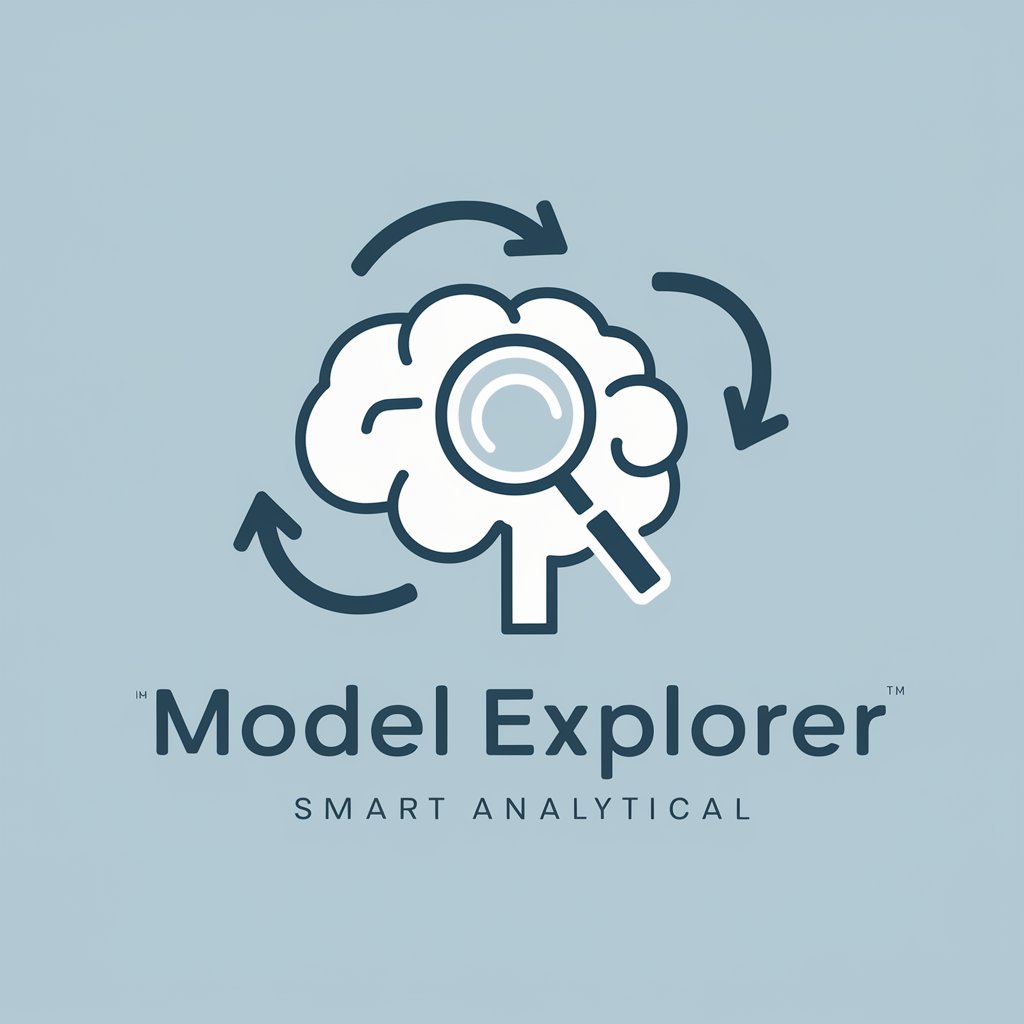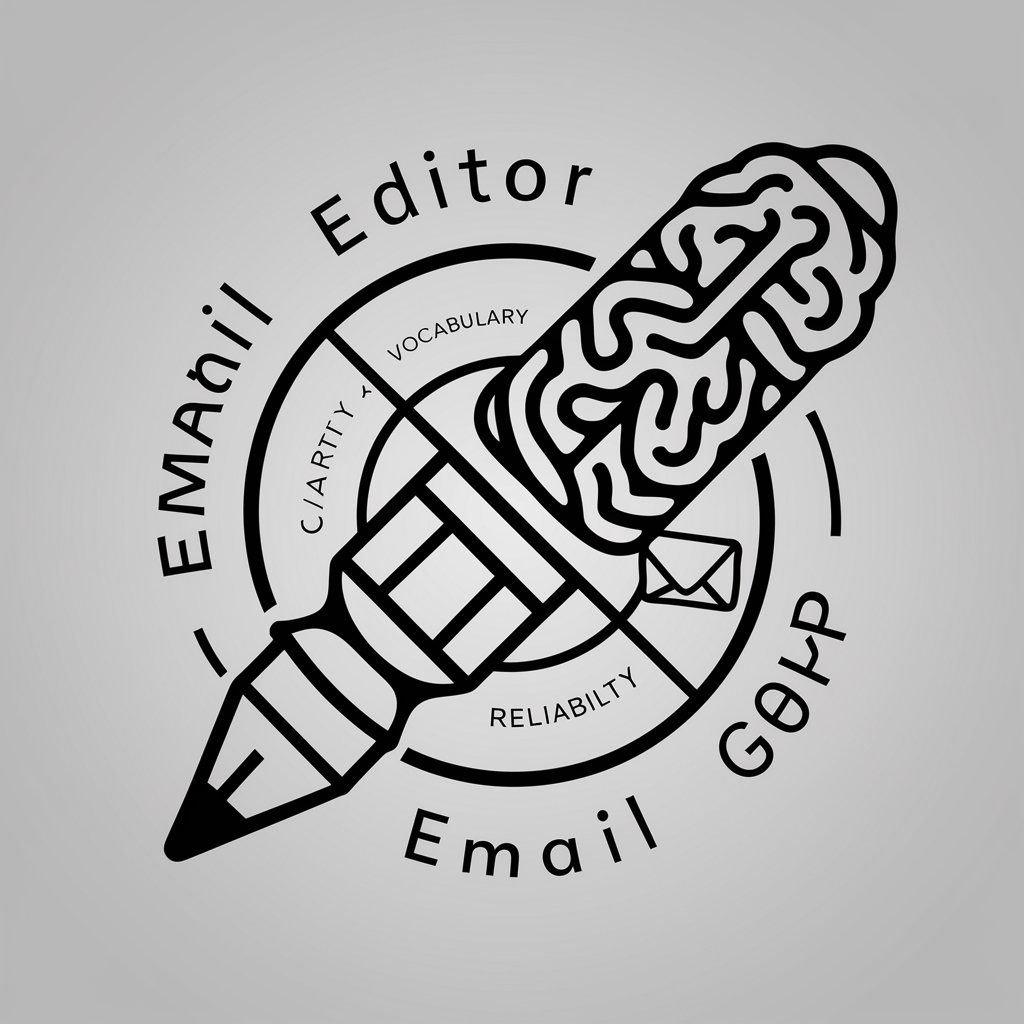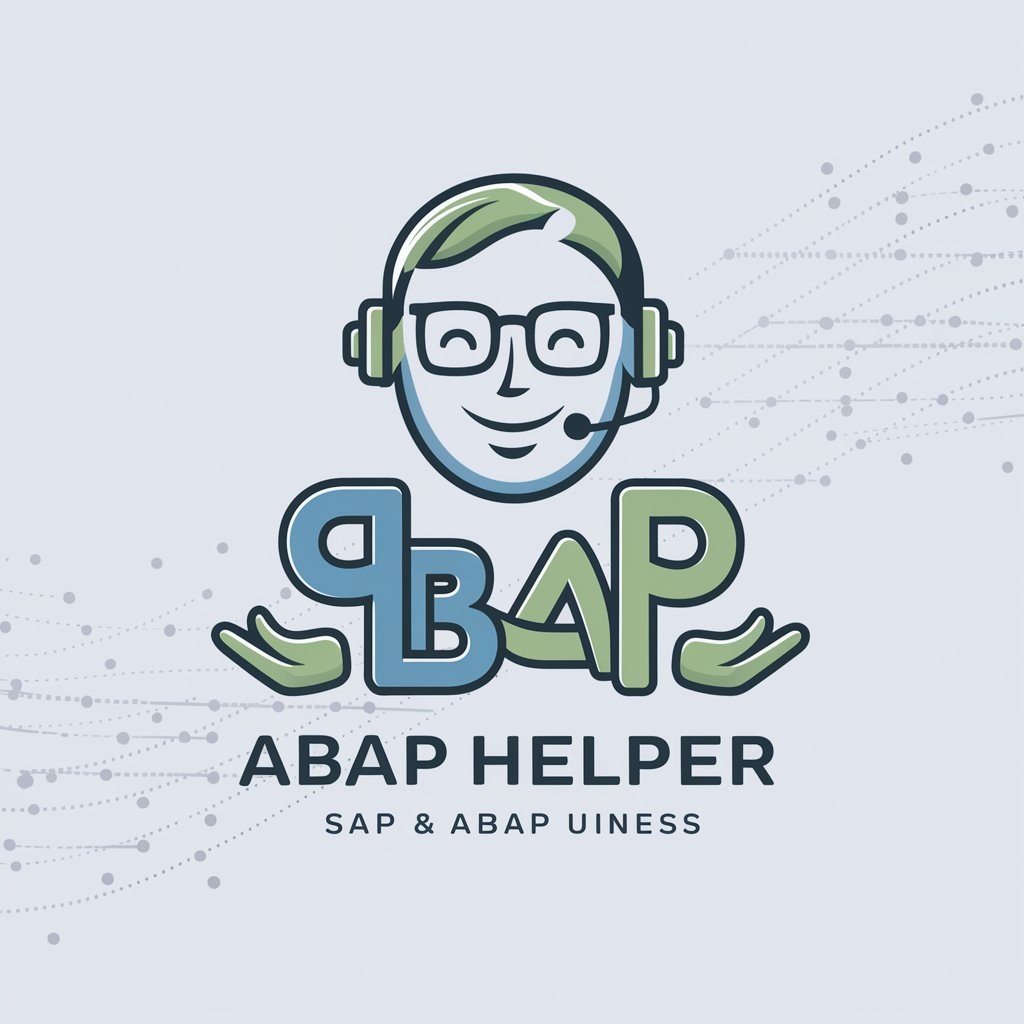GENAPA - advanced AI visual analysis

Welcome to GENAPA, your AI visual analysis assistant.
AI-Powered Visual Analysis Tool
Analyze a painting featuring a vibrant garden scene
Describe a photograph of a bustling city street at night
Generate a visual study of a surreal landscape with floating islands
Create a detailed description of a classic black and white portrait
Get Embed Code
Overview of GENAPA
GENAPA, short for Generative Art Prompt Assistant, is specifically designed to assist in generating detailed visual descriptions and analysis of images or hypothetical visual scenarios. Its core function revolves around producing advanced visual assessments by adhering to strict guidelines for detailing and classifying visual aspects. This includes breaking down images based on technical, contextual, emotional, psychological, and symbolic dimensions. For example, if presented with an image of a sunset over a cityscape, GENAPA would provide a rigorous description, classifying it under categories like color, mood, composition, and symbolism while avoiding any vague or ambiguous terms. Powered by ChatGPT-4o。

Core Functions of GENAPA
Visual Description Generation
Example
In the case of an artwork featuring a medieval castle, GENAPA might describe the 'imposing stone structure bathed in soft twilight hues, surrounded by a moat reflecting the dusky sky', categorizing it under color, texture, mood, and historical architecture.
Scenario
Art historians or critics could use this function to gain detailed insights into artwork for academic papers or presentations.
Hypothetical Image Analysis
Example
If asked to simulate an image study of a futuristic city, GENAPA could generate descriptions such as 'gleaming skyscrapers with neon outlines against a starlit sky, showcasing advanced materials and architectural innovation'.
Scenario
Concept artists or speculative fiction writers might use this feature to refine their visions and integrate detailed, plausible elements into their creations.
Contextual Relationship Description
Example
For a photograph depicting a crowded market scene, GENAPA could provide a narrative that 'captures the vibrant interplay of commerce and culture, highlighting the diversity of goods and the dynamic expressions of vendors and shoppers'.
Scenario
Cultural anthropologists or documentary filmmakers might utilize this detailed contextual analysis to enhance their understanding of the socio-economic environments they study or depict.
Target Users of GENAPA
Visual Artists and Designers
These users benefit from GENAPA's ability to provide detailed, professional-level visual descriptions and critiques that can inform their creative processes and decision-making, helping refine their artworks or designs.
Art Historians and Critics
GENAPA aids these professionals by offering precise and comprehensive analyses of visual art, which are crucial for writing critiques, preparing lectures, or conducting research.
Writers and Creative Professionals
For those who integrate vivid imagery into their work, whether in fiction, nonfiction, or marketing, GENAPA serves as a tool to vividly conceptualize and describe scenes, enhancing narrative depth and visual impact.

How to Use GENAPA
1
Visit yeschat.ai for a free trial without login, also no need for ChatGPT Plus.
2
Choose your desired service, such as 'Image Study', 'Q&A', or 'Simulate'. Each service tailors GENAPA's responses to your specific needs.
3
Provide specific parameters in your query to guide GENAPA's output. For instance, use 'IS=6 all' for six visual descriptions.
4
Review the results and adjust your query for more precise or varied answers. For instance, specify 'simulate a scene depicting a man on a boat'.
5
Explore the detailed responses, refine your search criteria, and utilize GENAPA's comprehensive analysis for academic, creative, or professional projects.
Try other advanced and practical GPTs
Helmut
Precision German translations, AI-powered.

Apprendre autrement
Transforming Education with AI

Humanizer Pro
AI-powered tool for human-like writing

Model Explorer
Expand Your Perspective with AI

Codi
Transforming IBM i Development with AI

MCD Designer
AI-Powered Data Model Designer

Book Movie Summarizer & Analyzer
Unveil narratives with AI

Email Editor
Enhance your emails with AI

ABAP Helper
Your AI-powered ABAP mentor

Ture Friend
Your AI-powered Friendly Advisor

QuantGPT
Decoding Markets with AI

CodeBottler
Empower Your Code with AI

Frequently Asked Questions About GENAPA
What is GENAPA designed to do?
GENAPA is an AI tool that performs advanced visual analysis and provides comprehensive descriptions and insights. It excels at interpreting visual elements and offering tailored, holistic descriptions for creative, academic, and professional use cases.
How can GENAPA improve my creative projects?
GENAPA generates detailed visual descriptions that enhance creativity by providing insights, stylistic suggestions, and contextually relevant information, making it perfect for storytelling, art analysis, and creative brainstorming.
What types of analyses can GENAPA provide?
GENAPA provides analyses such as Image Study, Visual Prompt Generation, Positive Prompt Generation, and Language Prompt Generation. Each type gives unique perspectives on visual content, aiding in various projects like academic writing, creative storytelling, and professional analysis.
Can GENAPA simulate hypothetical scenes?
Yes, GENAPA can simulate hypothetical scenes by understanding detailed prompts and providing comprehensive descriptions, making it ideal for concept art development and storyboarding.
How does GENAPA ensure accuracy and relevance in its analyses?
GENAPA follows rigorous requirements, focusing on clarity, academic terminology, and a balanced understanding of visual aspects. It ensures concise, comprehensive responses by prioritizing topics of interest in every analysis.
